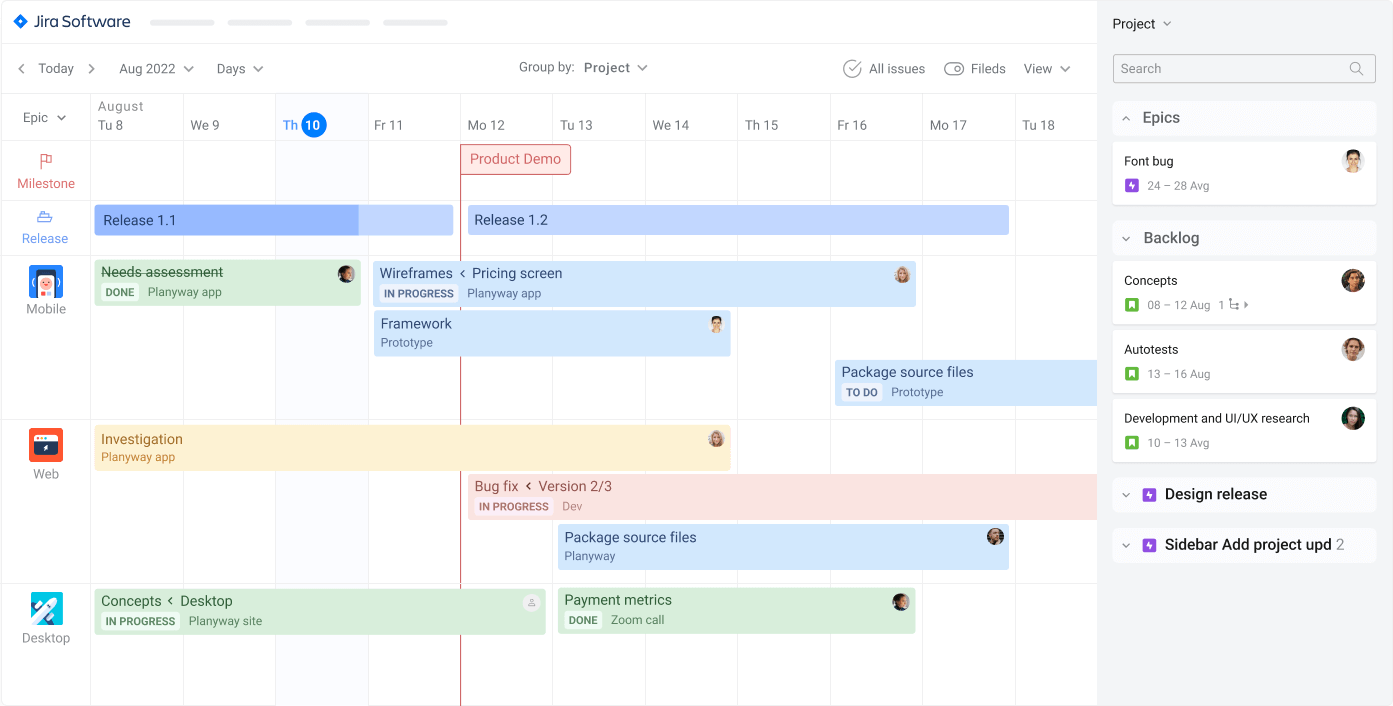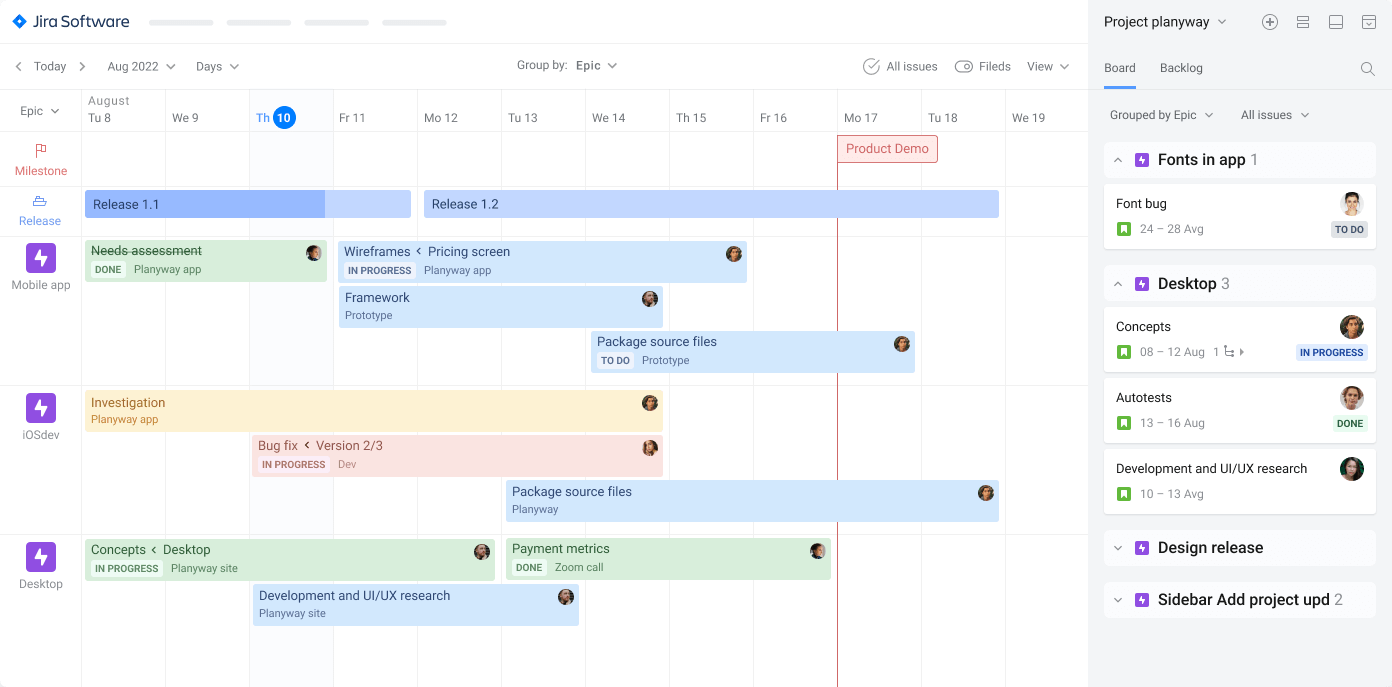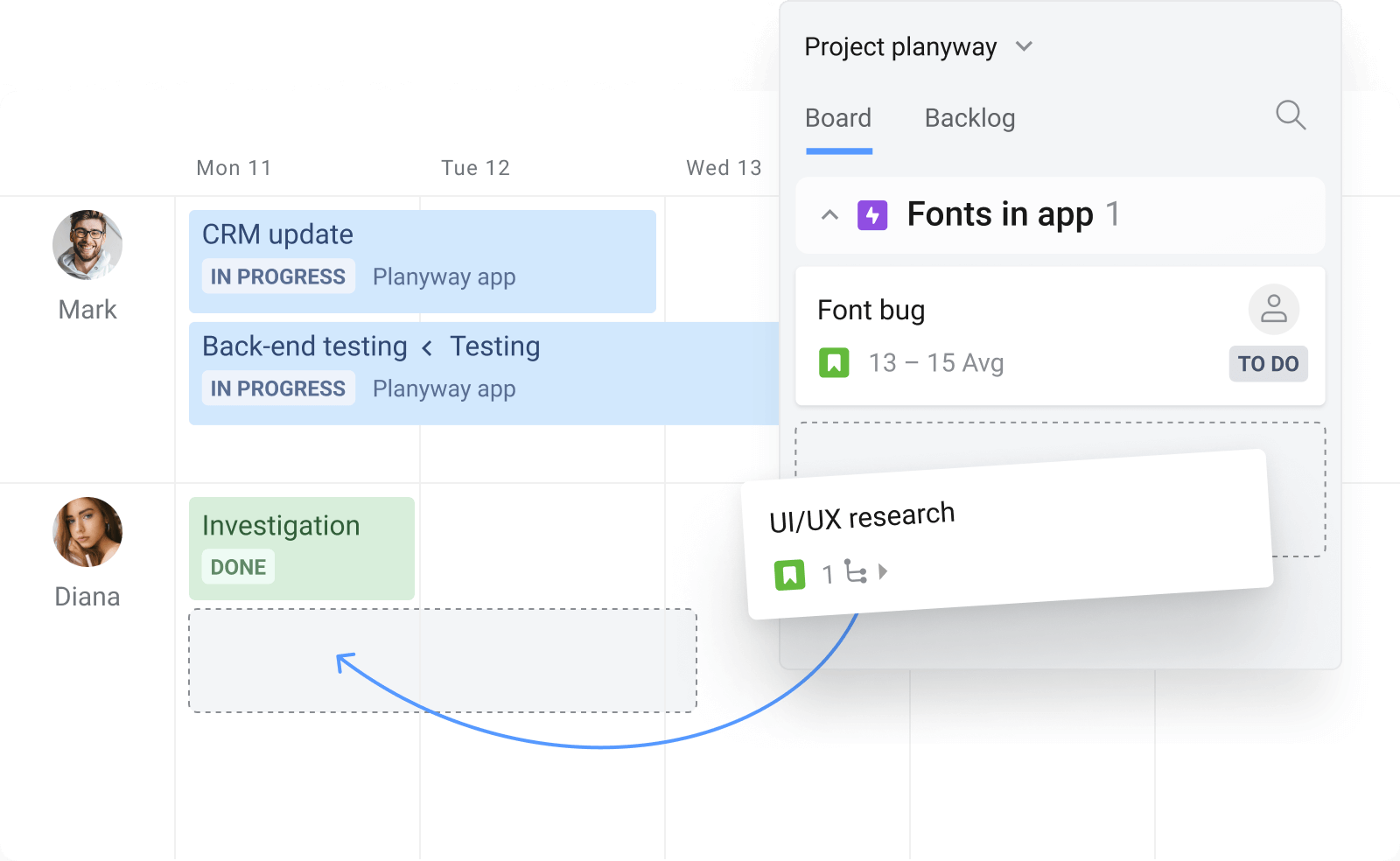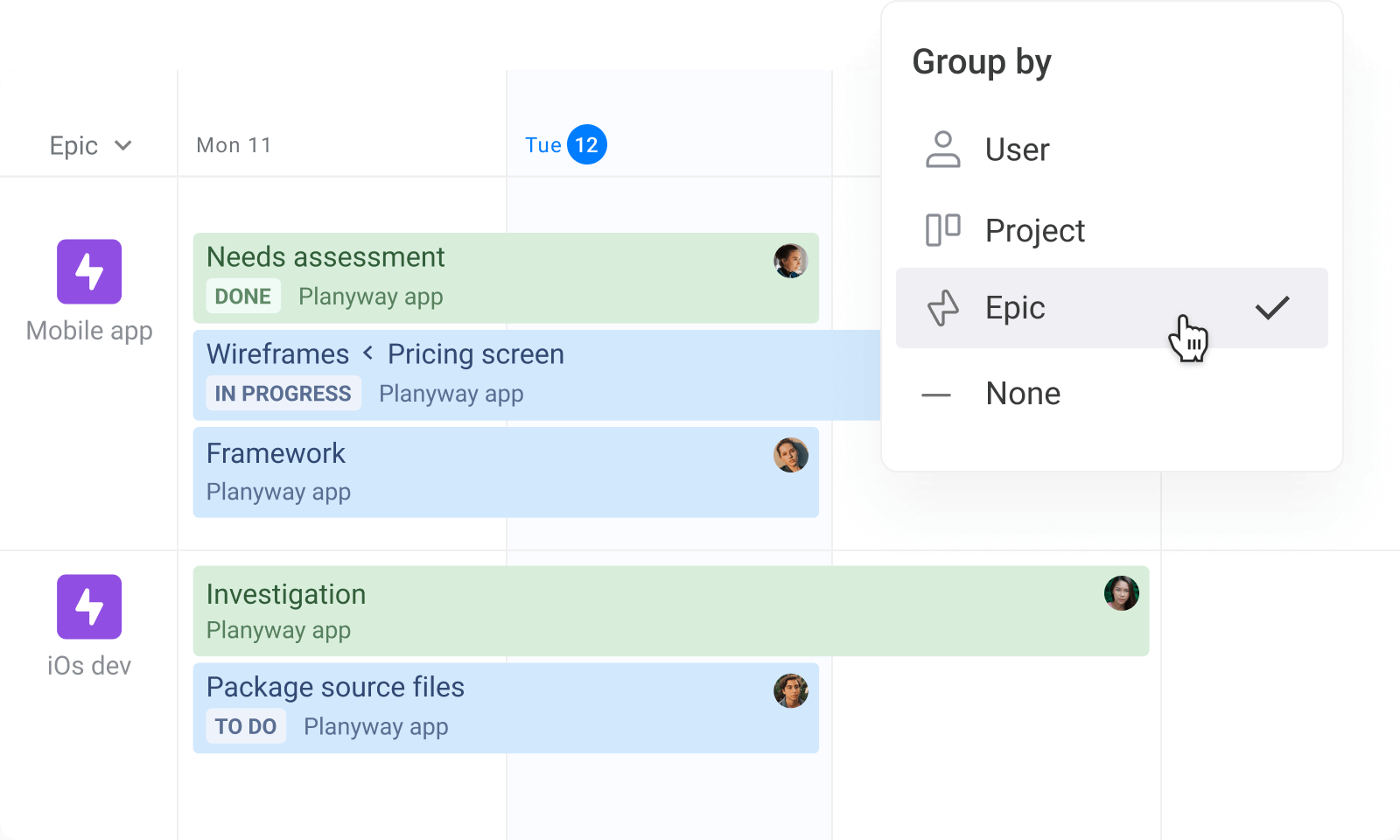Community resources
Community resources
Jira Roadmaps: The Secret to Managing Stakeholder Expectations
As a project manager, one of the biggest challenges you’ll face is keeping your stakeholders in the loop. Clients, top management, and external contractors all need to know how a project is progressing, where potential risks lie, and what steps are being taken to ensure timely delivery. The key to managing these expectations effectively? Jira Roadmaps.
The Theory Behind Roadmaps
A roadmap is essentially a high-level visual timeline that outlines key project milestones, deliverables, and goals. It acts as a communication tool that helps stakeholders quickly understand where the project stands, what’s coming up next, and if the project is on track. Whether it’s a product launch, a software development cycle, or a long-term strategic initiative, roadmaps provide clarity and alignment across the team and stakeholders.
Key components of a roadmap include:
-
Milestones: major achievements or checkpoints in the project timeline.
-
Deliverables: specific outputs or results that need to be completed.
-
Timelines: the deadlines and time frames for each task or milestone.
-
Dependencies: tasks that are reliant on the completion of others.
However, a roadmap isn’t just a timeline. It’s a reflection of the project’s vision, making it an essential tool for stakeholders to see how the project aligns with broader business goals.
Why Roadmaps Are Essential for Managing Stakeholder Expectations
Stakeholders often come from different areas of the business and have varying levels of involvement in the project. Keeping them engaged and satisfied means managing their expectations and providing them with the right amount of information at the right time. This is where roadmaps shine.
-
Clarity: a roadmap gives stakeholders a quick overview of the project’s progress, allowing them to see exactly what’s been done, what’s next, and if there are any potential risks.
-
Transparency: keeping external parties informed reduces anxiety and helps in building trust. Everyone knows where the project is and can see that it’s being managed carefully.
-
Alignment: a roadmap ensures that stakeholders are aligned with the project goals, timelines, and deliverables. It serves as a reference point to help prevent scope creep or misaligned expectations.
Hacks and Ideas for Effective Roadmap Presentations
1. Use Color-Coding
Make your roadmaps more intuitive by using color codes. For example, Planyway roadmap uses different colors to represent various issue types. This makes it easier for stakeholders to absorb the information at a glance.

2. Group by Epics, Not Just Time
Rather than just focusing on deadlines and dates, structure your roadmap by key objectives or phases. This can help stakeholders understand what you’re trying to achieve at each stage, not just when things are happening. Grouping by epics also helps you manage expectations by showing how each task feeds into the larger business goal.

3. Show Dependencies
Roadmaps are even more powerful when you show how tasks are interconnected. Dependencies make it clear where bottlenecks might occur and which tasks could affect others. Stakeholders appreciate understanding where delays can ripple through the project, giving them the information they need to make informed decisions.
4. Provide Multiple Views
Different stakeholders need different levels of detail. For instance, top management may only need high-level overviews, while clients may want more specifics about each task. Customize your roadmaps to show only the relevant information based on your audience. This ensures that stakeholders are not overwhelmed with too much detail but still get the information they need.
5. Iterate Based on Feedback
Your roadmap shouldn’t be static. Stakeholders may provide feedback on the project’s direction, scope, or deliverables. Make sure to revisit and update your roadmap regularly to reflect changes in the project. This shows stakeholders that you’re responsive and agile in managing the project.
How to Use Planyway for Jira to Share and Present Your Roadmap
Now that we’ve covered the theory and some roadmap hacks, let’s dive into how you can easily create and share roadmaps using Planyway for Jira.
Planyway is a Jira plugin that helps you create visually appealing roadmaps with drag-and-drop functionality, team collaboration tools, and seamless integration with Jira’s existing workflows. Here’s how you can use Planyway for managing stakeholder expectations:
1. Create a Roadmap
Once you’ve installed Planyway, go to your Jira project and open the Planyway board. From here, you can add tasks, subtasks, and milestones directly to your roadmap. Use Jira issues to populate the roadmap with critical items and deadlines.

2. Customize Your View
Planyway allows you to create different views based on your audience’s needs:
-
Timeline View: ideal for high-level project overviews, showing key milestones and deadlines.
-
Team View: shows who is responsible for each task, great for internal collaboration and resource allocation.
-
Workload View: helps you visualize team workloads to avoid burnout or misallocation.
-
Portfolio View: visualizes multiple projects on a single timeline.

3. Share the Roadmap
With Planyway, you can easily share your roadmap with stakeholders. You have several options:
-
Export to PDF or Excel: download your roadmap and send it as a file to external stakeholders.
-
Share Live Links: share a live link that updates in real-time so your stakeholders can see the most current version of the roadmap.
![]()
4. Track Progress with Reports
Planyway also has progress tracking. This is helpful for management to get an overview of project health without digging into the details of each task. You can also use reports for billing purposes. ![]()
5. Collaborate in Real-Time
Planyway’s integration with Jira allows team members and stakeholders to comment, add feedback, and update tasks in real-time. This keeps everyone on the same page and reduces the need for long, drawn-out status meetings.
Conclusion
Managing stakeholder expectations is a balancing act between providing the right amount of information, managing potential risks, and aligning everyone with the project's goals. By creating and sharing an effective roadmap, you set the stage for smoother project delivery and happier stakeholders.
Was this helpful?
Thanks!
Mary from Planyway
About this author
Customer Support Manager at Planyway
Planyway
Kazakhstan
62 accepted answers
0 comments